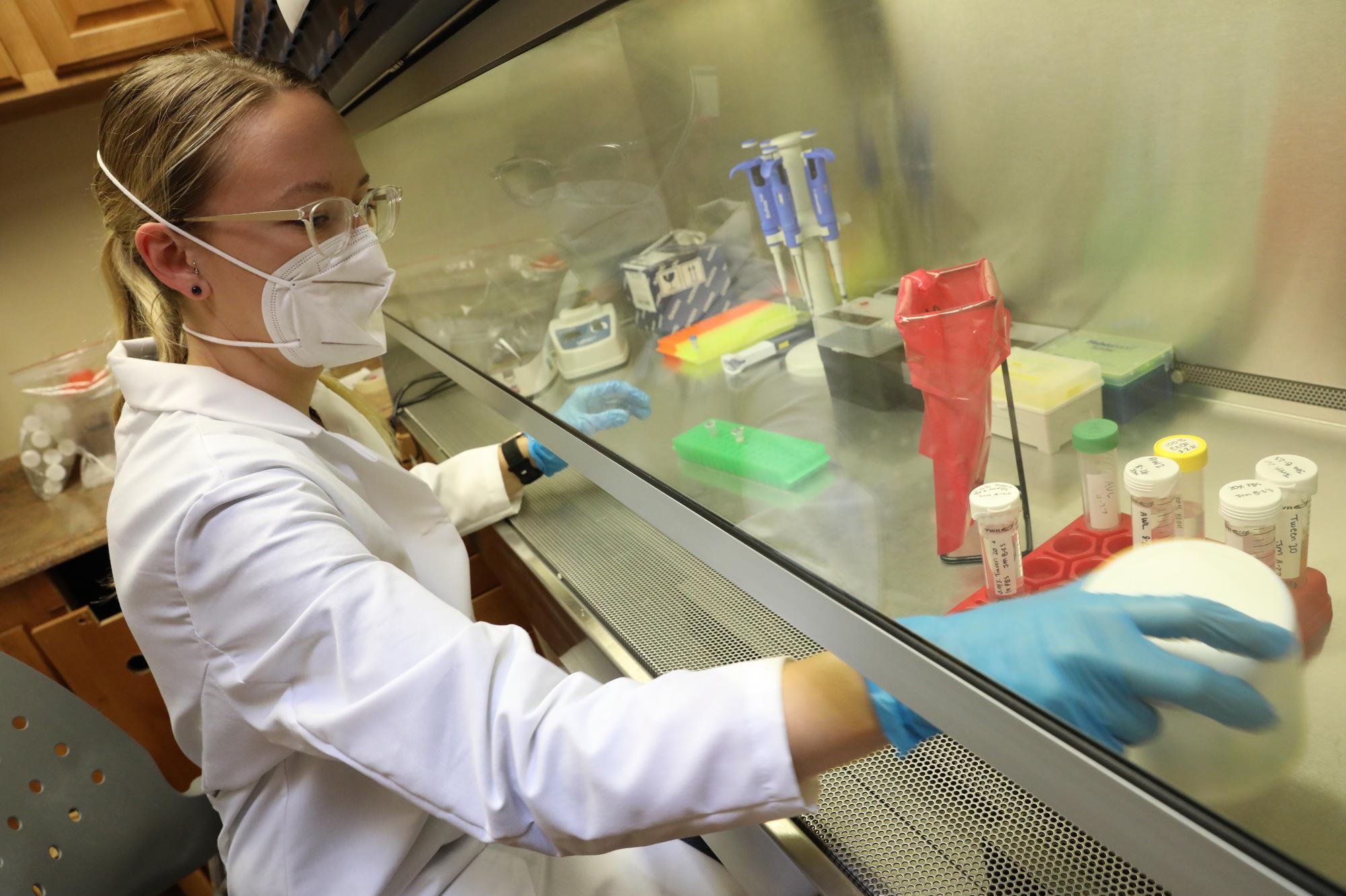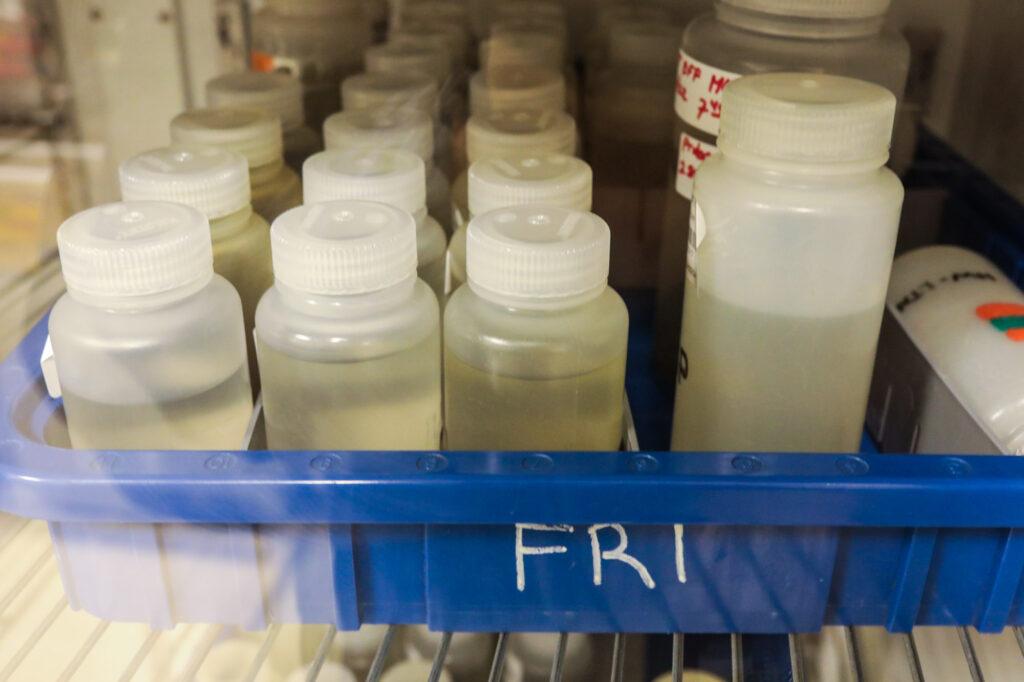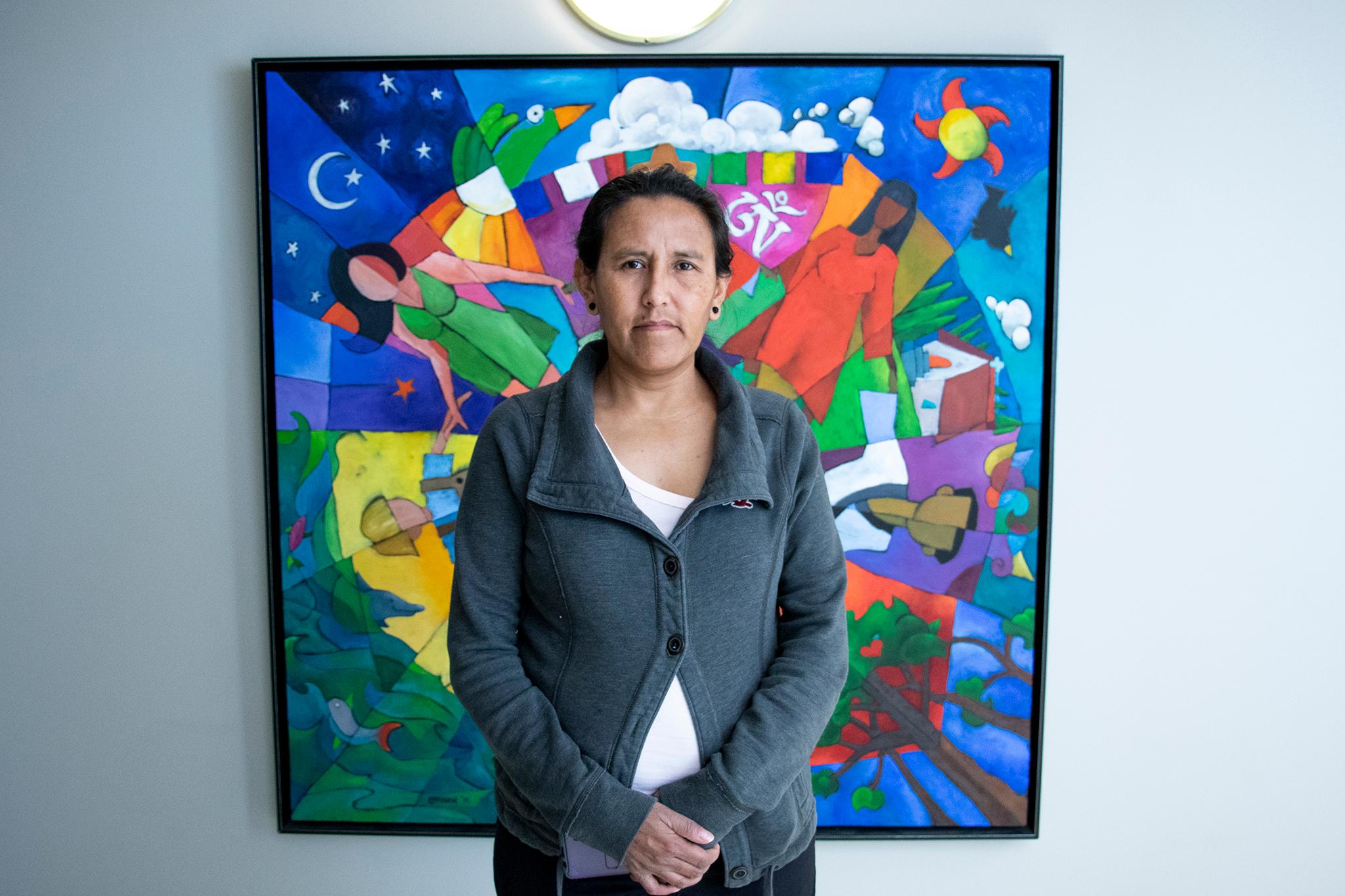
Does this sound familiar?
Numerous family members and friends come down with COVID-19 cases over the holidays. Someone who you shared dinner with Christmas eve gets a positive test. So does a co-worker who had not previously caught it.
The coronavirus is still a thing, and, as 2024 gets going, it is going around.
“There certainly is a lot of COVID-19 circulating right now,” said Dr. Rachel Herlihy, Colorado’s state epidemiologist, but that’s not the only thing making people sick. “We're probably fairly close to peak influenza levels right now.”
A fast-spreading coronavirus variant is making up a growing share of cases, both nationally and in Colorado. The JN.1 variant now makes up about 40 percent of cases in the U.S. and in Colorado, according to forecasting from the CDC, said Herlihy.
The COVID-19 virus is being detected at rising levels in wastewater at the majority of Colorado utilities testing for it, according to the state’s dashboard: 43 out of 54 utilities showing a steady increase. That indicates a broad spread in the population.
There's discussions in the scientific community about whether it is more likely to infect cells in the gut, said Herlihy, “and because of that, would the virus perhaps be shed at higher levels in stool and picked up by wastewater surveillance systems.”
Could that be part of the reason we're seeing increased detections in wastewater compared to other indicators for COVID-19 transmission?
“We're trying to tease apart and understand, but it's happening at a time when reliable virus tracking in general is challenging because of the holidays,” she said, with many people traveling and gathering, while the available data lags a bit.
The wastewater mystery is playing out as COVID-19 hospitalizations are up a bit in Colorado the week after the holidays.
The figure rose this week slightly to 213, according to the state dashboard. But it's around 50 fewer patients than the weeks before and after Thanksgiving, and well below the level seen at this time the last three years of the pandemic.
About 2 percent of patients coming to hospital emergency departments were diagnosed with the virus, a number that's been rising the last couple of weeks.
“We are experiencing a winter respiratory season very much like the previous three winters,” said Dr. John Swartzberg, a clinical professor emeritus and expert in infectious diseases, at UC Berkeley, via email. “Except that the number of people hospitalized, the best single parameter, with severe respiratory disease, is significantly less than before.”
He pointed to data from last Friday showing that there are around 29,000 Americans hospitalized compared to about 39,000 a year ago at the same time and about 60,000 the year before that. About 1,200 Americans are dying each week, so one might expect to see around 60,000 coronavirus deaths for the year. (Influenza typically kills 15,000 to 35,000 Americans a year).
“Perspective about COVID-19 is important. Compared to a pre-COVID winter, this would be considered disastrous,” said Swartzberg. “But, compared to the previous three winters, this is a big improvement.”
Still, the virus is making people sick.
“COVID-19 does appear to be behaving more like the common cold now, which means that the impact is primarily in the upper respiratory system (nose, throat),” said Dr. Michelle Barron, an infectious disease expert and Senior Medical Director for Infection Prevention and Control at UCHealth.
Patients who get sick from COVID-19 “are not developing pneumonia (lower respiratory system infection) as often as they were in the early days of the pandemic,” said Barron, via email.
How might the rest of the winter of 2024 play out?
What’s changed from prior years, is that both vaccination and prior infection appear to be providing additional protection that didn’t exist earlier in the pandemic.
“We are in a very different place now,” said Herlihy. She said she was waiting to see if in the next couple of weeks a COVID-19 wave, driven by the JN.1 variant, starts to build. It could come with a pattern, though probably not the scale, of what the Omicron variant delivered a couple of years ago.
“I think it's quite possible we could see that same pattern again with another wave of COVID. I think it would be unlikely to see something of the magnitude like we saw when Omicron first emerged,’” she said.
Hospitals are seeing a lot of influenza, COVID-19, and RSV, noted Barron. “It feels like a normal respiratory season from the days prior to COVID-19. The only difference is that we have a much more heightened awareness of what is circulating.”
Swartzberg predicted rising numbers of COVID-19 and influenza through much if not all of January. “Hopefully, by February things will be improving,” he said.

Uncertainty and the impact of misinformation
Barron said her biggest concern looking ahead is “complacency and continued spread of misinformation.”
Colorado and the world now have many preventative methods including vaccines, hand hygiene, respiratory etiquette, that can minimize the spread of respiratory infections. Most people don’t get severely ill, but “some do, and we should all be proactive in our efforts to preserve our health.”
She also worries about the long-term impact of vaccine misinformation, something Coloradans “will be dealing with for many years to come.”
Data has shown a drop off in vaccination rate, not just for COVID-19 and flu, but for other vaccine preventable diseases. “This puts our society at risk for the resurgence of measles, mumps, polio, ” she said.
Long COVID, enduring symptoms long after initial infection, is a continuing worry, said Herlihy.
“It does look like in general, long COVID has decreased over time, incidence and prevalence,” she said. “So that is good news, but the risk certainly remains.”
She urged people to get the latest coronavirus vaccine “not just as a way to prevent acute COVID-19 infections, but also as a really important strategy to prevent long COVID.”
Swartzberg unscored the uncertainty still here after four years of experience with SARS CoV2.
“That’s not much time to give us a thorough understanding of its nature,” he said. “While viewed from this moment in time, it looks like things will be getting better and better, there remains the possibility that this virus still has some tricks up its sleeve.”









